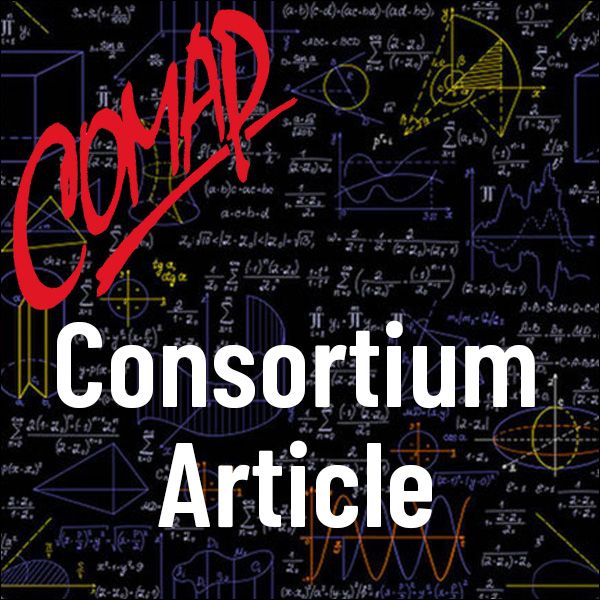Alicia Boole Stott, The Duchess of Arcamedia
Author: Jon Choate
This Geometer's Corner stems from work I am doing on a book that focuses on how to use GeoGebra to construct the Platonic, Archimedean, Catalan, and Kepler-Poinsot solids. I found one unifying principle for my work in using Jeff Weeks' wonderful application KaleidoTile [1], which allows you to construct the Cube-Octa and Icosa-Dodeca families (minus the Snub Cube and the Snub Dodecahedron, which are discussed in Consortium 120's Geometer's Corner: Snub Polyhedra) in a way that shows how the solids are related to each other. All the colored polyhedral images in Figures 1 and 2 were created with KaleidoTile. In the case of the Cube Octa family, KaleidoTile transforms a Cube into a Truncated Cube that is transformed into a Cuboctahedron that is transformed into a Truncated Octahedron that is transformed into an Octahedron that is transformed into a Small Rhombicuboctahedron that is transformed into either a Large Rhombicuboctahedron or a Cube. In the case of the Icosa Dodeca family, a Dodecahedron is transformed into a truncated Dodecahedron that is transformed into an Icosadodecahedron that is transformed into a Truncated Icosahedron that is transformed into an Icosahedron that is transformed into a Small Rhombicosadodecahedron that is transformed into either a Large Rhombi cosadodecahedron or a Dodecahedron. The progression fascinated me, and I did some research to find out how it worked.

Mathematics Topics:
Application Areas:
You must have a Full Membership to download this resource.
If you're already a member, login here.